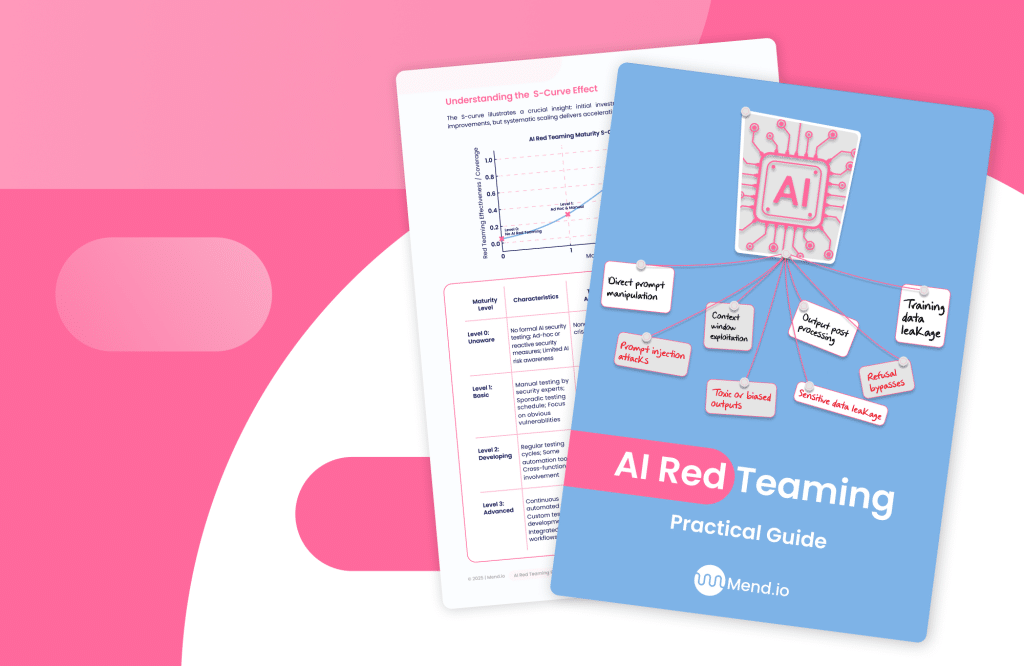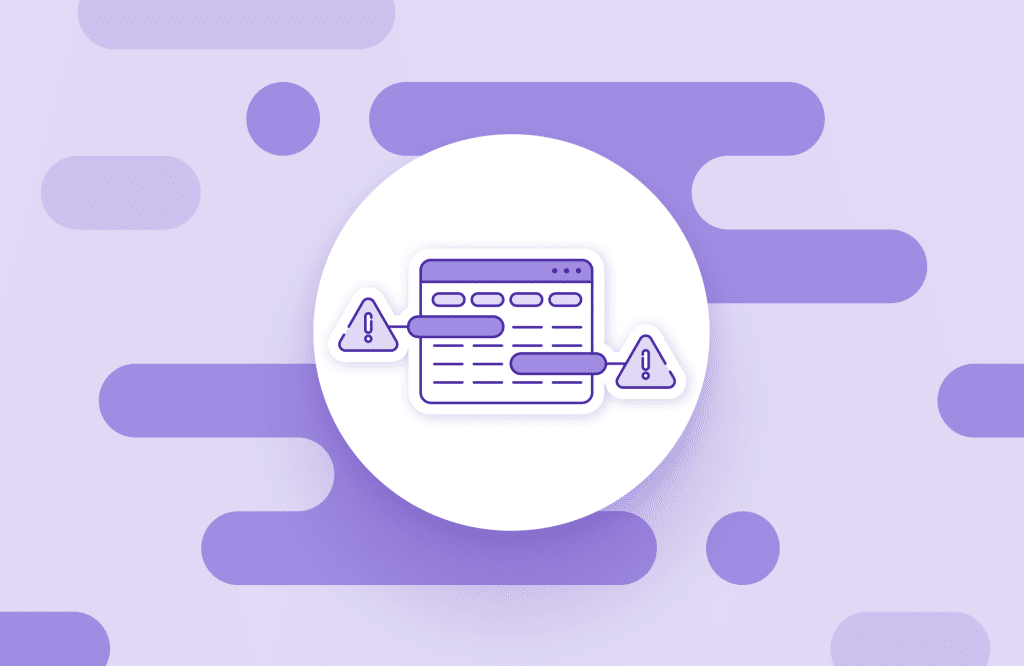Table of contents
What Makes Containers Vulnerable?

When attackers look for sensitive data or system access, they rarely go straight for the target. Instead, they exploit weak points in supporting components and move laterally through the environment to escalate privileges. Because containers add complexity to already large systems, they expand the attack surface and give threat actors more opportunities to find a way in.
In this post, we’ll look at the main categories of container vulnerabilities—and the security actions that help keep them in check. (For a deeper overview, explore our guide to Docker container security.)
The Risks of Containerization
Containers make software portable, scalable, and easy to deploy across environments. But each layer—code, image, configuration, network, and host—can introduce weaknesses that attackers can exploit.
Common risks include:
- Application vulnerabilities: insecure code or dependencies.
- Configuration vulnerabilities: misconfigured containers or hosts.
- Network vulnerabilities: exposed ports or APIs.
- Image vulnerabilities: outdated or malicious base images.
- Host vulnerabilities: flaws in the underlying operating system.
In other words, containerization doesn’t eliminate risk—it redistributes it across new layers. Tools such as Container Security Scanning and docker image scanning help identify these weak spots early.
1. Application Vulnerabilities
These arise from the code and libraries you include in your containerized applications. Secrets like passwords or API keys left in source code, unvalidated inputs, and excessive privileges are all common mistakes.
Because many applications depend heavily on open source components, it’s critical to perform a thorough container scan and use automated dependency checks. Modern container security best practices help prioritize exploitable risks rather than drowning teams in alerts.
2. Configuration Vulnerabilities
Even a securely built container can be exposed by poor configuration. Common issues include allowing write access where only read access is needed, or running containers as root—a well-known path to docker container vulnerabilities.
To reduce this risk, apply kubernetes security best practices such as least-privilege policies, role-based access control (RBAC), and read-only file systems.
3. Network Vulnerabilities
Containerized networks can easily be misconfigured. Exposed ports, overly permissive traffic rules, or unencrypted APIs all create pathways for attack.
Isolating services, using private networks, and following kubernetes security principles for segmentation are key steps in minimizing exposure. Secure service mesh configurations and TLS enforcement should also be standard.
4. Image Vulnerabilities
Base (or “parent”) images are one of the most common sources of container risk. Even trusted images may contain outdated or exploitable packages, and unverified images from public repositories can introduce malicious code.
Performing regular docker image scanning and docker image security checks before use helps identify compromised or unpatched components. Automate updates with workflows that continuously update Docker images to the latest secure versions.
5. Host Vulnerabilities
The host operating system is the foundation for all containers running on it. If the host is compromised, every container becomes vulnerable.
Unlike virtual machines, which are isolated via a hypervisor, containers share a single kernel. Kernel exploits or privilege escalation bugs can compromise the entire system. Tools designed for host-level hardening and Container security tools that integrate with runtime monitoring can reduce exposure.
What Makes Containers More Secure?
While containers expand the attack surface, they also make it easier to isolate workloads, rebuild quickly, and maintain consistent security posture. Compared with traditional VMs, containers can be replaced in seconds—ideal for responding to newly disclosed vulnerabilities or CVEs.
To strengthen your posture, apply these principles of container security best practices:
- Apply least privilege—never run containers as root.
- Use private, trusted registries.
- Keep kernels, base images, and libraries up to date.
- Continuously monitor containers and networks.
- Use minimal OS images to limit attack surface.
- Scan images regularly and automate patching.
- Apply secure coding standards throughout development.
Pair these actions with regular vulnerability triage and container scan automation to maintain a clean runtime environment.
The Bottom Line
Containers are a cornerstone of modern DevOps and microservices security, but they also demand discipline. Every layer—from code to configuration to infrastructure—must be scanned, monitored, and patched.
With continuous docker image security, orchestration-aware kubernetes security, and automated Container Security Scanning, you can turn a vulnerable surface into a resilient, self-healing system.






